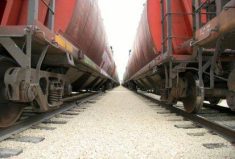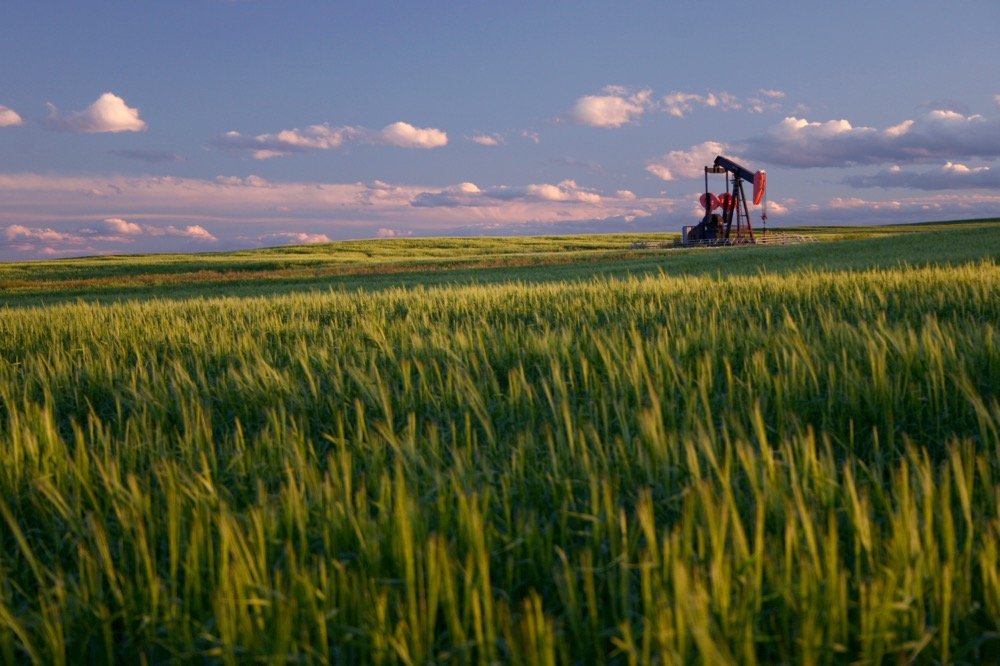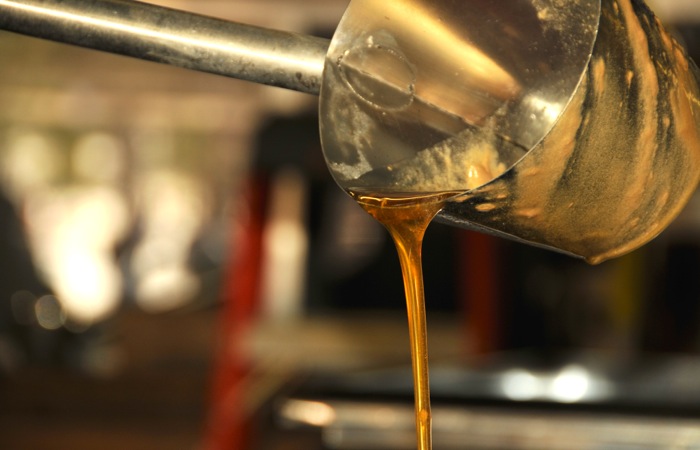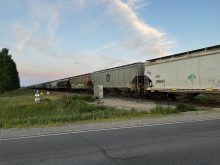The infrastructure in Canada to get farmers’ product to market is broken.
Canadian farmers are not alone, as this is a concern worldwide, especially right after harvest. In most countries, piles of product sit by the road in the sun waiting for a pickup by the local truck. In some countries, such as Australia, lack of on-farm storage does not allow for a marketing plan. And in others, such as Canada, there is stiff competition for transportation.
In every corner of the world there is a lack of infrastructure or an overwhelmed transportation system. According to The Economist, the estimated cost to fix this global infrastructure problem is $57 trillion. Very few countries or commodities are lining up to foot that bill.
Read Also

When it rains, if only it did pour everywhere
Alberta Farmer columnist muses over the erratic precipitation trends around Alberta this summer.
Today, we technically produce enough food to feed a growing world, but do not have a vested interest in the development of infrastructure and market access projects to support production. This delivery uncertainty can impact access to credit and land.
Farmers need to know they are in control of the marketing and delivery of their product rather than hope it will sell and sell well. This shift must occur at all levels of government and be a prominent part of food policy and food security policy. Until there is a societal appreciation of agriculture that holds in reverence the hands that produce food, infrastructure will be the failing point in agricultural production.
When we look at delivering farm product right through to food processing around the globe, there is a great concern over the dwindling rural population. When folks leave for the city they take their votes with them and this weakens the power in the rural landscape. Tax dollars once spent to strengthen rural communities end up in urban programs and the margin narrows on improved rural infrastructure.
Whether it is getting a load of grain to market or bags of flour to port, the logistics in an infrastructure-deficient area are complex. The situation is compounded when production increases. We saw this very scenario in Canada this year with the difficulty moving a record crop through a system that was not equipped to handle grain and oil at the same time.
- From the Manitoba Co-operator: CP, grain handlers plan for face time
Technological advancements may address the lack of infrastructure and the shortage of labour in certain areas at certain times. In Canada, the food-processing industry uses robotics extensively, as does the dairy industry and manufacturing. This works well in countries where energy is readily available. However, in many countries, the inconsistency in power and fuel availability is a greater risk than the labour shortage. In India for example, more than 90 per cent of food processing is done by women earning approximately $2 per day. Indigenous equipment is not heavily used because of purchase cost, the ongoing cost of operation and challenges in obtaining parts for maintenance. Each country and region has its own set of challenges. In many areas, the solution lies in on-farm storage or in cold storage for processed foods.
The need for functioning systems is profound. The pull of the city wage has left many farms without helping hands. This massive movement of rural children and workers from the country to the city has created a myriad of challenges.
Intense global urbanization will see 80 per cent of the world’s population living within 60 kilometres of a shore by the year 2020. Rural families are deeply impacted by urbanization and the loss of labour, support and local economies, and must go further afield for basic supplies or to market product. In some countries this is a safety risk.
During my travels, the one consistent problem was the shortage of labour in the country for the production and processing, marketing and transport of agricultural crops and food. Aggressive immigration or migrant worker programs solved the basic labour needs, but did not ripple over into the areas of first and second manager positions nor address the fact that the infrastructure system failed. We can bring in workers and they are welcome, but the need is also in training those for management positions so that as farmers and food processors we get a break and can formulate a succession plan. And even then, when we do the best we can and produce the ultimate crop, cow or can of food, the infrastructure still trips along with no real assurance to agriculture. Countries that develop systems for the movement of product as a priority, such as the Netherlands, are world leaders in food exports.
We need a functioning system for agriculture in moving product within and from our country. Until we make this happen, infrastructure will be the failing point in agricultural production.















